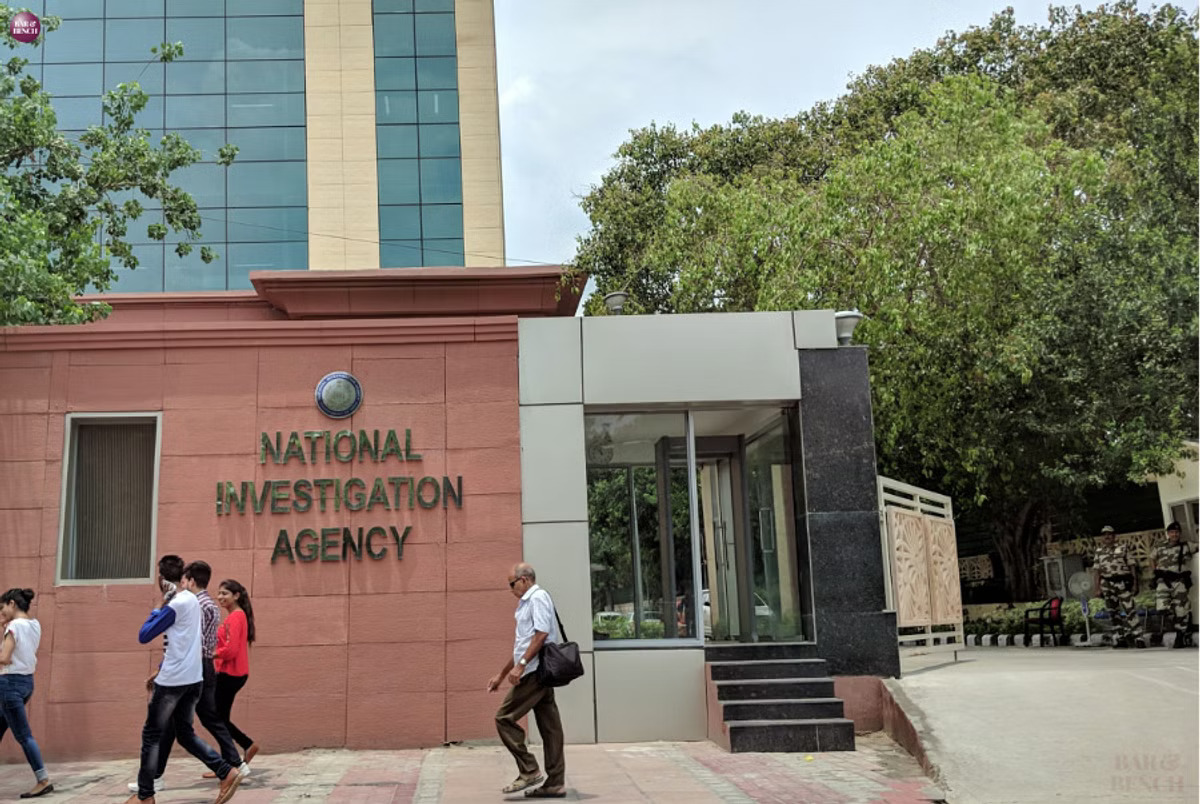NEW DELHI: When the 1987 batch Indian Police Service officer Dinkar Gupta was selected to lead the National Investigation Agency (NIA) in June last year, the agency was battling multiple challenges—lack of adequately skilled investigators, presence of officials in its ranks who were focusing more on other internal and external issues rather than the responsibilities that they were assigned with, senior officers shying away from taking initiatives and an overall sense of indecisiveness when it came to moving swiftly to tackle terror cells.
Eight months later, things have turned around for the good. Within two months of joining, in the first ever move that the NIA has seen in its 15 years of inception, Gupta brought in specialised officials from premier organizations like the Research and Analysis Wing (R&AW) and the Intelligence Bureau (IB) with the intention to have people who had the experience, training and the mindset to go after terror cells from scratch rather than waiting for information landing on their lap.
This was made possible by the strong networking that Gupta had across the bureaucracy and because Home Minister Amit Shah assured him complete support, provided he gave results. It was due to his excellent relations with his senior and junior officers, who were in other arms of the security apparatus, that Gupta faced little resistance in bringing men to the NIA through deputation.
The policy changes that were put in place by Gupta, which also included shifting sincere officers who despite being excellent investigators, were not being recognised, and giving them crucial charges, started showing results. The NIA’s massive action on Popular Front of India (PFI), something that was pending for at least three years, was initiated within 100 days of Gupta taking the helm. He asked the officials concerned to start taking
initiatives rather than waiting for dossiers, prepared by other agencies, to land on their table. This led to officials moving out more aggressively and tapping old informers and activating new leads.
Similarly, Gupta asked his men to move swiftly against the gangsters based in Punjab, Delhi and Haryana. Action against them, which many officials before him believed were not “significant” enough for the NIA to get involved, was also something that the intelligence agencies wanted to happen as these gang leaders like Lawrence Bishnoi, Neeraj Bawana, Jaggu Bhagwanpuria and Goldy Brar had become too big to be controlled by state police due to local patronage and were being used by international intelligence agencies to push arms and money into India and had “graduated” from being street thugs and extortionists to become a part of terror cells.
As of now due to the sustained pressure from the NIA at multiple levels, the reach and impact of both PFI and these gangsters and their cells have significantly decreased from what they had in the last year.
According to officials, several officers who were working in NIA without giving results have been handled in two ways by Gupta—either they have been repatriated to their states or their parent organization like CRPF, BSF etc., or moved to desk job or other verticals which are not considered the “spear” of NIA. Those who have been “shunted”, one way or the other, include officials who were known for spending more time in internal office politics.
With Gupta giving results even as he prefers staying in the background, the Home Ministry too is giving its support to the NIA by augmenting its strength. The NIA is in the process of recruiting explosive experts, cyber forensic examiners, fingerprint experts, crime scene experts, 38 DSPs, 11 ASPs and multiple legal experts across its Delhi based headquarters and 18 branch offices that are established across India.
The agency, which was born after the 26 November 2008 terror attacks, was brought into existence on the last day of 2008 and since then, has been entrusted with approximately 500 cases.
Incidentally, one of the batchmates of Gupta was Sanjiv Kumar Singh, a Madhya Pradesh cadre officer, who was the first Inspector General of the NIA and is credited with building the NIA from scratch along with its first director, Radha Vinod Raju. Sadly, neither Singh nor Raju is in this world, with Singh passing away in October 2020, while Raju in June 2012. Among Gupta’s batchmates is Madhya Pradesh Director General of Police Sudhir Kumar Saxena.
NIA under Dinkar Gupta rejigs policies, shows results
- Advertisement -

